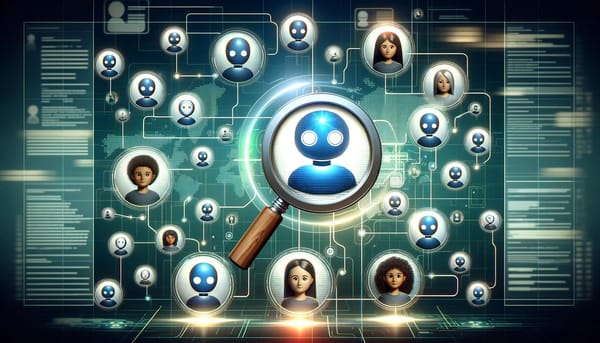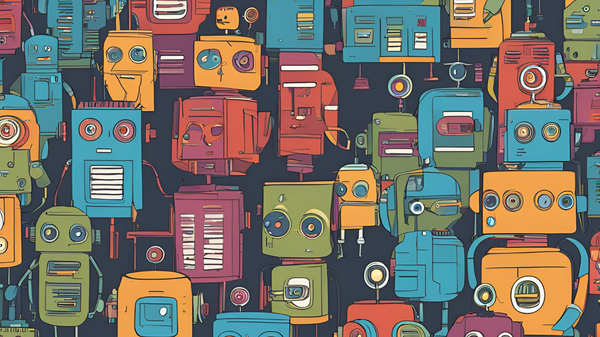The Relationship Between Bots and Elections - What Does It Mean for Us?

How AI-Powered Bots Are Shaping Political Campaigns.
In today’s digital age, political battles are increasingly fought not just in town halls and debate stages, but across social media feeds and comment sections. Among the key players in these virtual battlegrounds are AI-powered bots — automated accounts designed to mimic human behaviour and sway public opinion. As we head into critical election cycles across the globe, understanding how these bots operate, their potential impact, and how to protect ourselves is more important than ever.
The Evolution of Political Bots
Bots are not new. For years, they have been used to automate simple tasks online. However, as AI technology has advanced, so too has the sophistication of these bots. No longer limited to spam or repetitive posts, today’s bots can generate convincingly human-like content, including fake news articles, misleading tweets, and even AI-generated images and videos that blur the line between reality and fiction.
Platforms like X (formerly Twitter) have found itself at the centre of these disputed information campaigns. In fact, in 2017, it was estimated that roughly 23 million bots operated on the platform, accounting for over two-thirds of all tweets. These bots are not just about sheer volume — they are designed to amplify certain narratives, often with the intent to mislead, confuse, or divide voters.
How Bots Manipulate Elections
As generative AI becomes more accessible, creating convincing content — whether it’s a tweet, an article, or even a deepfake video — has become quicker and cheaper. Researchers warn that 2024 could see a surge in disinformation campaigns driven by bots, potentially affecting election outcomes in over 50 countries, including major democracies like the United States and India.
These bots can be especially dangerous when they infiltrate smaller, tightly-knit online communities. For instance, content can bounce rapidly between fringe platforms like 4chan and mainstream social media sites, exposing millions of users to manipulated narratives. This type of cross-platform disinformation is challenging to counter, as it spreads far and wide before moderators or fact-checkers can intervene.

The Regulatory Struggle
Despite growing awareness, regulations aimed at curbing the misuse of AI and bots in elections lag behind the technology. In the UK, the new Online Safety Act requires platforms to protect against foreign interference, including bot-driven campaigns. Similarly, the EU’s Digital Services Act threatens hefty fines for platforms that fail to mitigate risks to electoral integrity.
The Growing Sophistication of AI Bots
One of the most concerning developments is how much more human-like these bots have become. Unlike in the past, where poorly constructed, grammatically incorrect messages were clear giveaways, today’s bots — powered by large language models (LLMs) — are much harder to spot. They can engage in debates, produce coherent arguments, and even mimic the unique quirks of human communication. This sophistication means that distinguishing between real users and bots is increasingly difficult, especially when it comes to text-based content.
Detecting AI-generated images and videos is still more manageable, but even these are improving rapidly. The real danger lies in the synergy of generative AI and bots — an alliance that can produce and distribute false information at an unprecedented scale and speed.
What Can Be Done?
Experts are exploring different strategies to combat this rising threat. Rather than focusing solely on removing false content, some suggest targeting the networks behind these operations. By monitoring suspicious IP addresses or identifying abnormal posting patterns, platforms can disrupt disinformation campaigns at their source.
Highly accurate, totally invisible
By offering advanced bot detection and behavioural authentication solutions, Innerworks helps organisations and platforms distinguish between real users and malicious automated accounts. Our scalable technology can proactively prevent the spread of disinformation and maintain secure, trustworthy interactions online.
Book in a demo to see what we can do for your organisation: https://www.innerworks.me/contact




